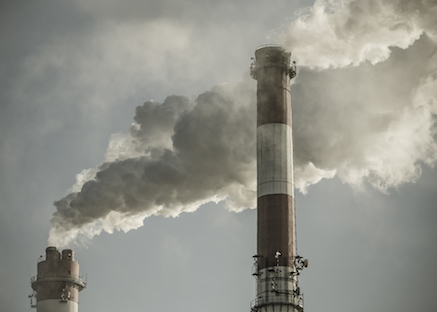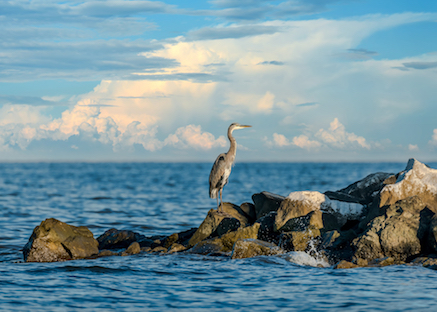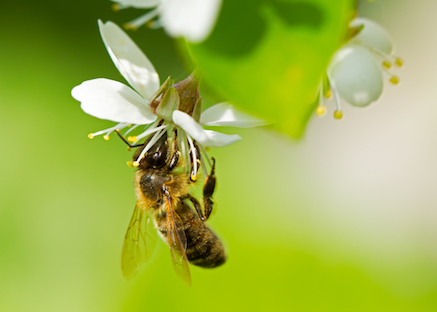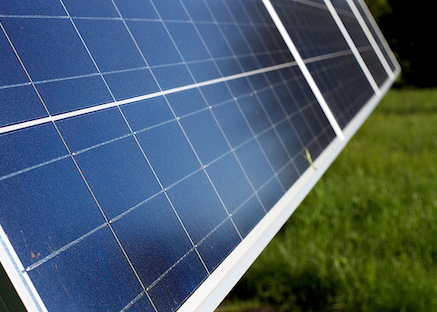Winter 2018 News Briefs
Clean Air & Climate
Ten states act to reduce global warming pollution

Last year, we saw hurricanes batter our coasts and wildfires rage across the West. It was a stark reminder that climate change remains one of the most critical issues of our times. Despite inaction at the federal level, states worked together across party lines to cut pollution, clean up our air and protect our future.
Nine states in the Northeast and Mid-Atlantic took action to strengthen limits on carbon pollution from power plants, which is a major contributor to climate change. As members of the Regional Greenhouse Gas Initiative, states from Maryland to Maine have already cut power plant pollution in half since 2005—the equivalent of retiring 22 coal-fired power plants. Now they’re taking that progress even further.
In California, our sister group Environment California supported a successful bipartisan effort to expand the Golden State’s landmark cap-and-trade program—an important tool for meeting the state’s ambitious goal for slashing global warming pollution. With your support, we’ll continue to work with our governor to lead on climate.
Clean Water
Report: EPA cuts will impact local water quality

Our streams, rivers, lakes and wetlands are critical to our health and our quality of life. But when President Trump announced his federal budget, it included steep funding cuts to the programs and agencies charged with their protection.
A series of reports released by Environment America Research & Policy Center analyzed the proposed budget cuts and revealed how they would threaten coastal resiliency, remove protections for flood-absorbing wetlands, neglect funding for stormwater and sewage treatment, expose more Americans to toxic chemicals, and threaten the future health of important waterways—including Puget Sound, the Great Lakes and the Chesapeake Bay.
In the new year, Environment America will continue to call for fully funding the programs that clean up and protect the waters we love. And with your support, you can be sure that you’re making a difference on clean water.
Read the report here.
Conservation
Bee Friendly Food Alliance tops 240

We don’t see many bees flying around in the winter, but we do see the fruits of their labor. Bees pollinate many of the world’s most common crops—so when beekeepers in the U.S. reported losing 33 percent of their honeybee colonies last year, it was clear that losing the bees would have a devastating effect on our food supply.
Last year, Environment America and our national network launched the Bee Friendly Food Alliance—a coalition of chefs, restaurant owners and others in the restaurant industry—to make their voices heard to protect bees. After all, who knows better what we stand to lose without them? And by the end of 2017, more than 240 leaders in the restaurant industry had joined us.
This fall, chefs appeared alongside our staff at media events across the country to shine a spotlight on the Thanksgiving treats made possible by bees, including pumpkin pie, cranberry sauce and green bean casserole. With your support, we’ll continue our work to ban the pesticides that are killing bees.
Clean Energy
Renewables on the rise

In the last decade, clean energy has grown by leaps and bounds. Technologies that were once novelties—solar panels, wind turbines, LED light bulbs, electric cars—have become everyday parts of America’s energy landscape.
Environment Virginia Research & Policy Center released a new report, “Renewables on the Rise,” which found that our country produces nearly eight times more renewable energy from the sun and the wind than in 2007, while the average American uses 10 percent less energy than a decade ago.
But America can and should set her sights higher. We need to meet 100 percent of our energy needs with clean, renewable energy. Learn more about our clean energy progress and how we can push it even further by reading the report here.

